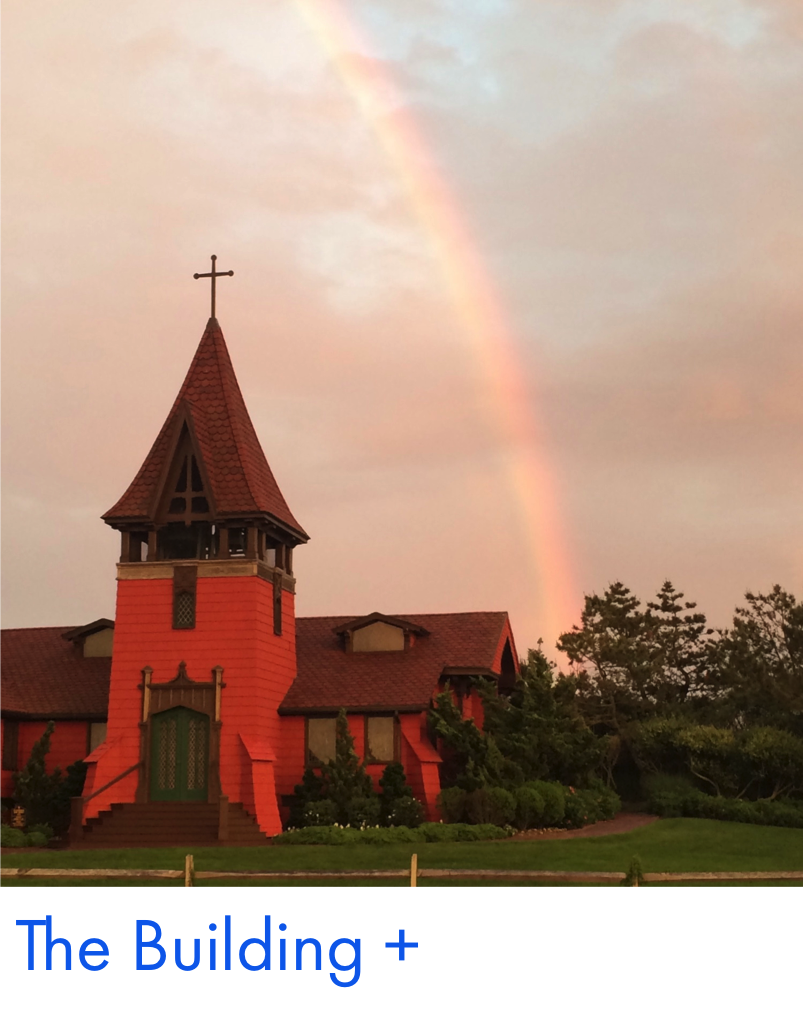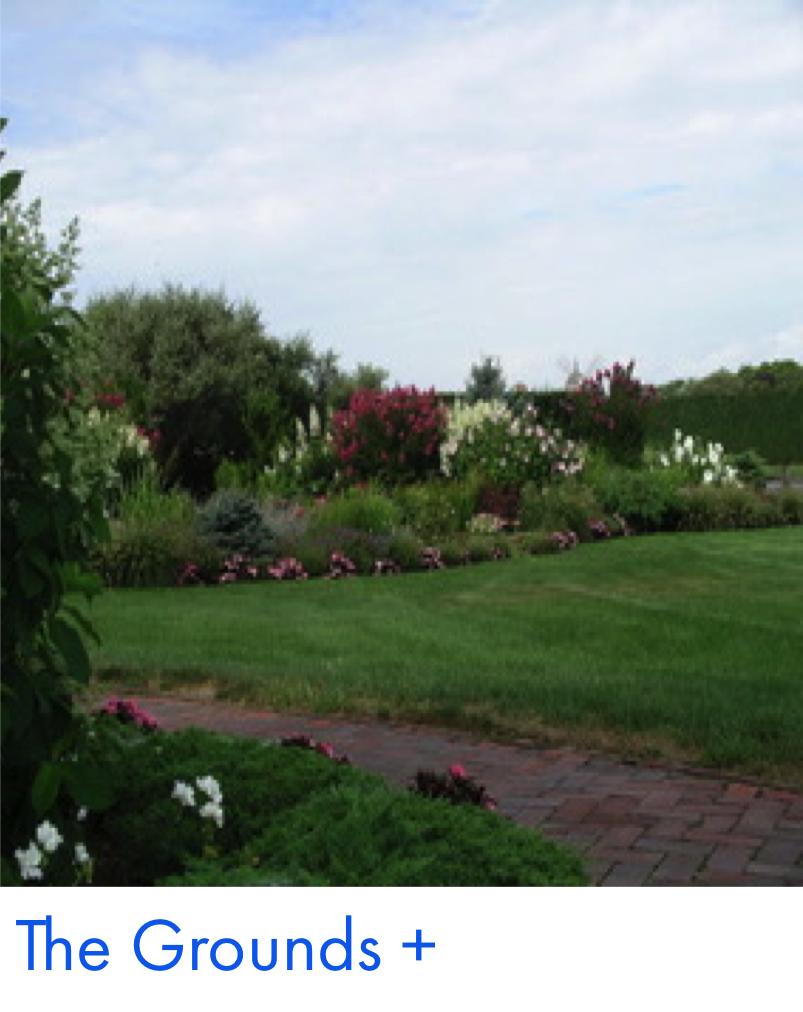What is now the nave once held a surf boat that was launched to aid men and women in distress at sea. After the Civil War when technological advancements dramatically reduced the number of shipwrecks, the government cut funding to the program and most of the Life Saving Service’s stations were torn down.
Thankfully, this one was saved in 1879 by five founding Southampton families who gave it new life as a church called Saint-Andrews-by-the-Sea. The founders, Dr. T. Gaillard Thomas, William S. Hoyt, C. Wyllys Betts, Frederic H. Betts, and Dr. Albert H. Buck, changed the name, by resolution, to Saint Andrew’s Dune Church (reminiscent of Dunquerque in France and Dunkirk in Scotland) in 1884. To this day, the church interior includes passages of scripture that remind parishioners of the building’s original purpose. For 141 years it has been opened for sixteen weeks during the summer season.
In September of 1938 an unnamed hurricane slammed into the East Coast. It traveled over Long Island and crashed into Connecticut and Rhode Island killing hundreds of people in its path. It passed directly over this church – photographs of the damage are hanging on the wall just inside the front door. The church was almost completely wiped out – many pews and the organ were washed into Lake Agawam across the street and several stained glass windows were lost, including two of the eleven original signed Tiffany windows.
The church was incorporated under the laws of the state of New York (Chapter 218, 1854) as a free church in which no pews can be rented. Saint Andrew’s remains an ecumenical church: all Christians are welcome. The building "assumes what you are...when you enter.”
Each Sunday, the Trustees welcome a visiting preacher to the pulpit, representing some of the finest religious orators in the country. Peter M. Larsen, retired rector of St. John’s Church, Southampton; Rabbi Sobel from Temple Emanu-El in New York; Roger Paine from the first Presbyterian church in Boston; Reverend Mark Anshutz, retired rector of St. Michael & All Angels Church in Dallas; and Archbishop Demietrios of the Greek Orthodox Church are among those who have graced the Dune Church pulpit.
The Dune Church altar stands 30 miles west of Montauk Point, "the end" of Long Island.
The Shields on the wall have been given in memory of deceased Trustees, whereas the Memorial Tablets are devoted to family members and distinguished former parisioners.
All of the stained-glass windows are memorials, including nine signed Tiffany works.
The American flag at the altar has only 45 stars because it was a "service flag" from returning soldiers of World War I.
In 1995 the church was moved slightly to the north and west and placed on a new foundation. The organ was rebuilt as well.
The land surrounding the Dune Church represents some of the last surviving dunescape in the Village of Southampton.
The grounds of the church are planted under the direction of the Southampton Garden Club.
The Magowan Memorial Garden, to the west of the church, was given and is maintained by an endowment from the Magowan family.
A butterfuly garden, to the east and south of the church, was planted by the Garden Club as a conservation initiative of The Garden Club of America.


